Fancy carbon
November 1, 2016
It was a pleasure building these fancy WTB CI31 rims to DT Swiss 350 hubs. Normally I find myself building China-direct carbon rims but the brand name stuff is great too.
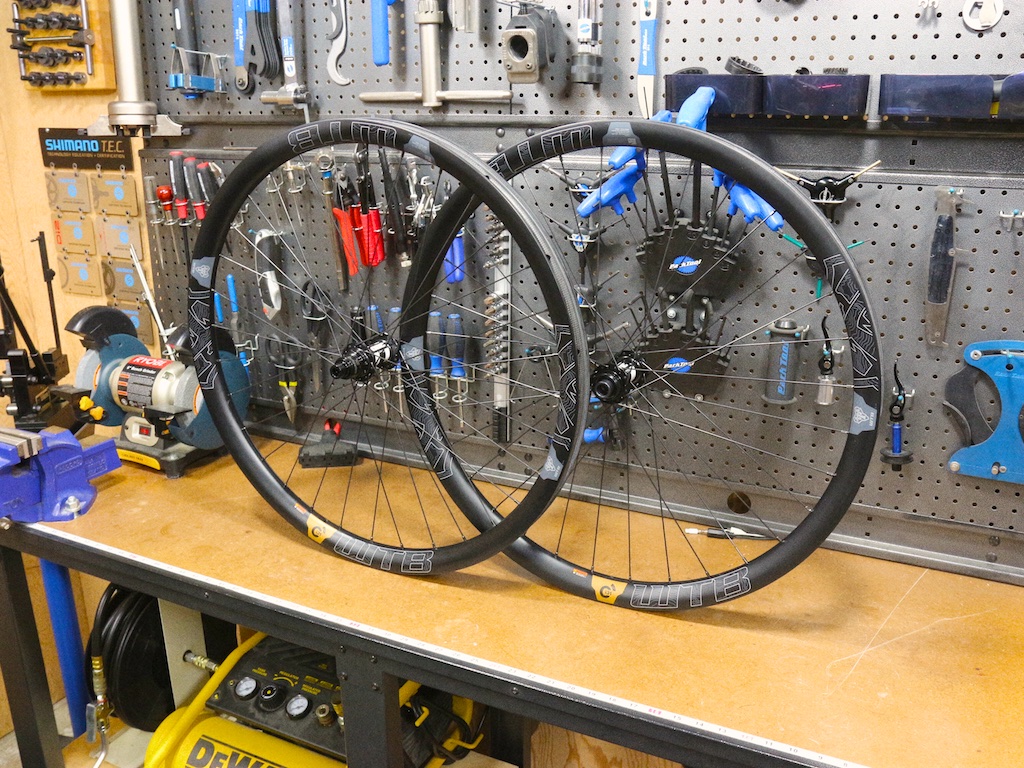
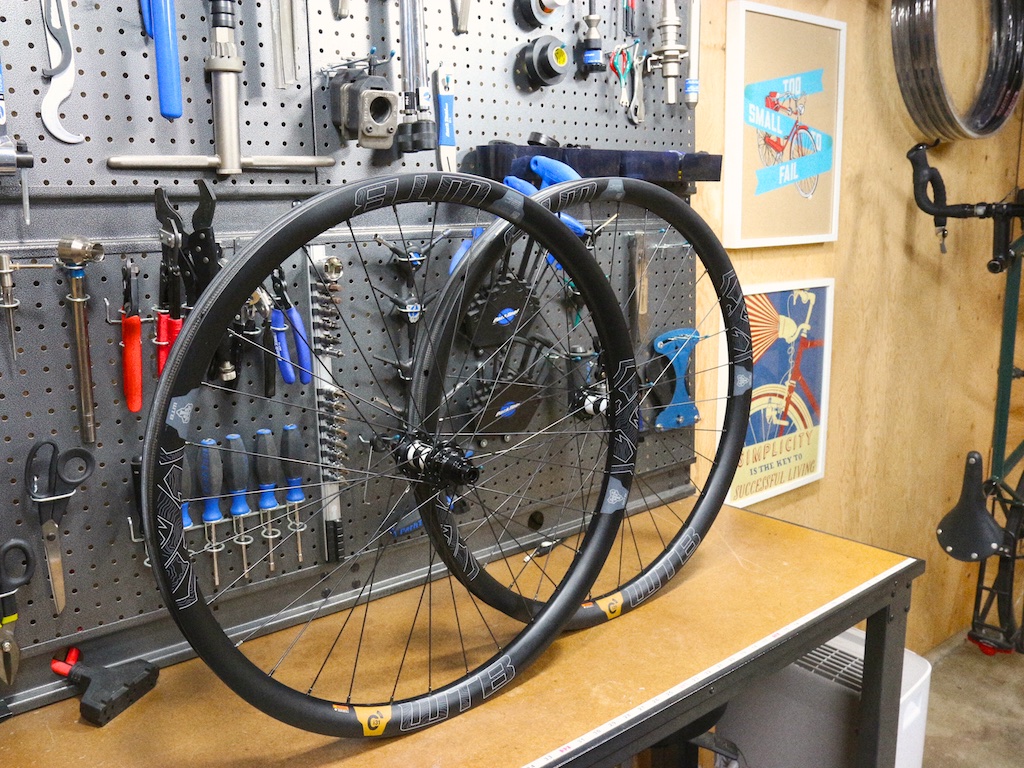
It was a pleasure building these fancy WTB CI31 rims to DT Swiss 350 hubs. Normally I find myself building China-direct carbon rims but the brand name stuff is great too.


One challenge a wheelbuilder faces is managing spoke windup. Windup happens when friction between spoke and nipple causes the spoke to twist instead of tightening. This is bad because a twisted spoke is not in equilibrium and will eventually unwind. When twisted spokes unwind, wheels lose alignment. Windup worsens as spoke diameter decreases, which makes thin spokes like DT Revolutions more difficult (thicker spokes build more easily). The problem worsens as tension increases, which is a bigger issue in the 11-speed era because higher tensions are typically required.
There are a few strategies for dealing with spoke windup. The first and most fundamental is to make sure nipples receive ample lubrication. Sometimes adding more lubrication during a build helps. The second strategy is to detect spoke windup and compensate. Windup can be detected by feeling the spoke rotate in tandem with turns of the nipple (a flag can be fixed to the spoke to provide a visual cue). When you start experiencing spoke windup, it’s helpful to overturn the nipple and then back off. For example to achieve a quarter turn of the nipple, tighten the nipple a half turn then loosen by a quarter turn. Windup is released during the loosening step.
Before a wheel is declared complete it should be free of windup. Windup can be freed by flexing spokes in different ways. One way is to grab roughly parallel pairs of same-side spokes and pull them together. A more drastic method is to put the wheel on the ground, touch the ground with the hub and press down around the rim. You can often hear pinging noises as spokes unwind. A wheel is complete when these procedures do not change the wheel and other tolerances are met.
The choice of nipple material inspires zealotry — some prefer brass, some prefer aluminum, others a mix of materials. Brass nipples are more popular because they’re cheaper, stronger and more corrosion resistant. Aluminum nipples feature superior finishes at one third the weight. How to choose? If you’re hard on gear, clean infrequently or ride in adverse conditions, then brass is a sensible choice. For scenarios where weight and performance matter, aluminum is the way to go.
Working with aluminum nipples shouldn’t inspire fear — in fact many find aluminum nipples turn more smoothly. How do pros work with aluminum? First, use liberal lubrication. When building in the first place, make sure threads are fully covered with oil or other spoke preparation compound. When making adjustments down the road, dribble a thin oil into the nipple and into the rim at the base of the nipple. Second, avoid stressing aluminum nipples by using a 4-sided spoke wrench (e.g. Park Tool SW-40). Compared to a regular 3-sided wrench, a better tool distributes forces more evenly. If your nipple has a secondary interface on the rear, that’s a safe way of applying torque too. Last buy quality aluminum nipples. For example Sapim nipples are made of 7075 aluminum, a stronger alloy that is not the industry norm. Sapim anodizes silver nipples for corrosion resistance whereas other makers ship these raw. From a quality perspective aluminum nipples are less interchangeable across brands.
This build used DT Competitions to lace Hope Pro4 hubs to WTB Asym rims, in this case a 650b (27.5″) wheelset. Asymmetric rims aren’t strictly new but the number and variety of models on the market is improving. The idea is simple — spokes land to one side of the rim instead of the centre. This counteracts the natural asymmetry in rear wheels, resulting in more even tension. I’m a fan.
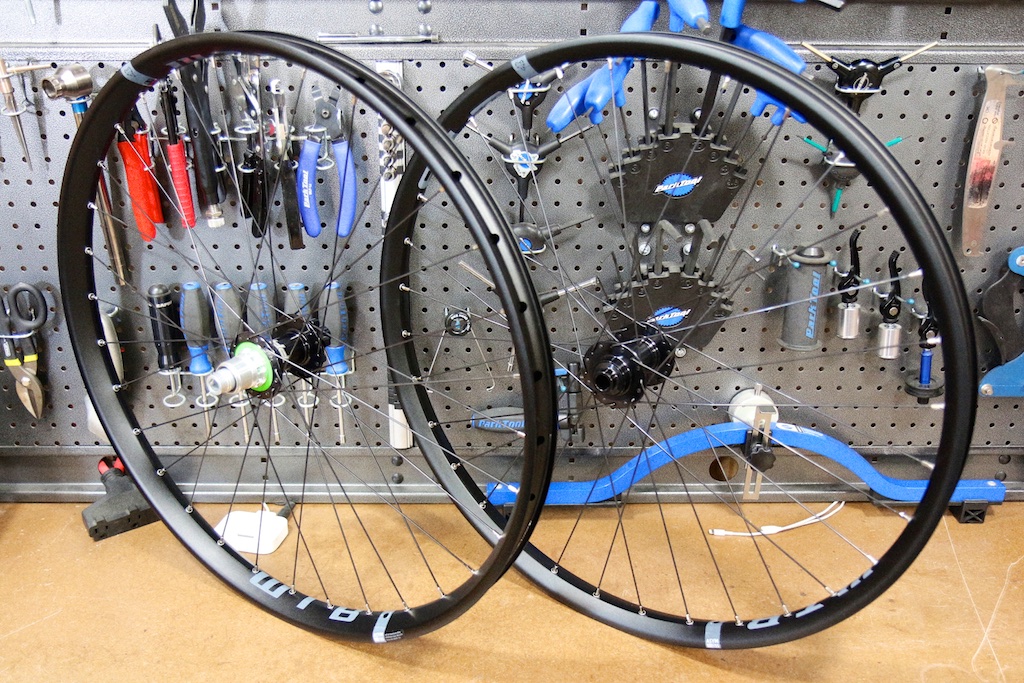
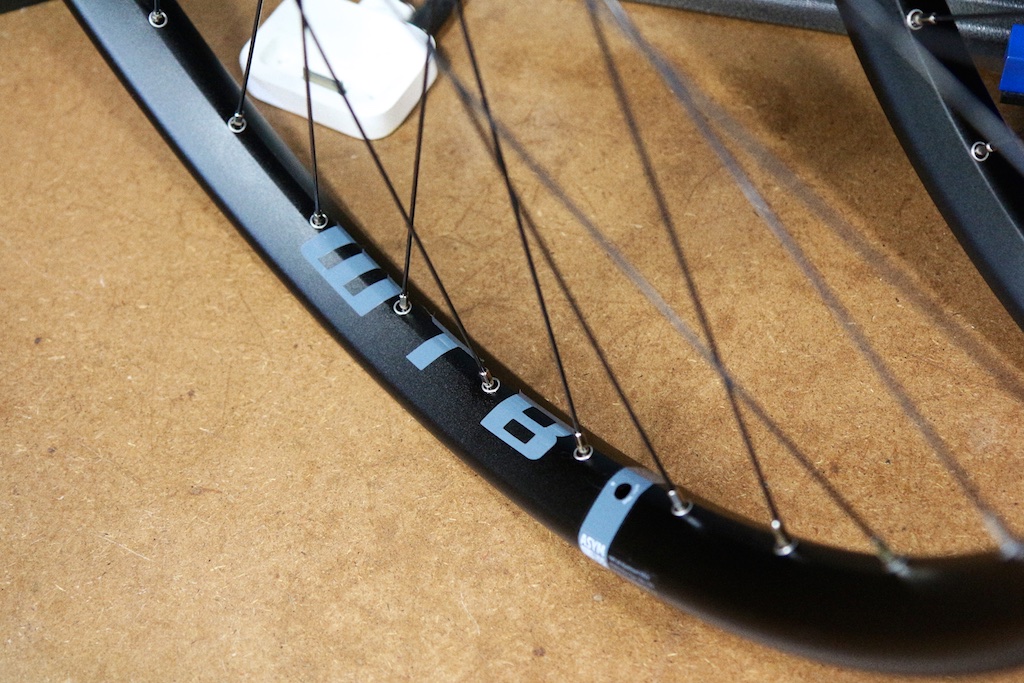
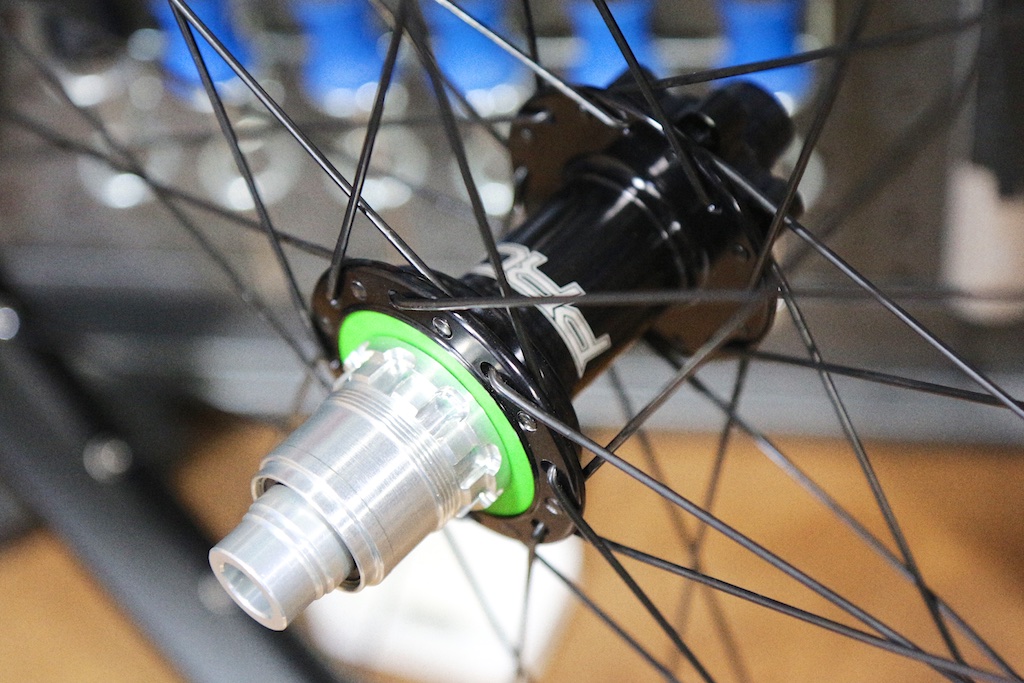
The DT Swiss spoke length calculator has an option for nipple length. What’s that about?
DT Swiss deals with the issue in a complicated way, which is the reason their calculator asks for nipple length. Standard DT nipples are 12mm long. When you use longer DT nipples, such as 14mm or 16mm, you need to shorten your spokes. This is because DT Swiss adds internal threads as nipples grow — so you need a shorter spoke to avoid bottoming out. As a result it’s best to pretend DT nipples longer than 12mm don’t exist, particularly in the case of aluminum nipples.
If you use the DT Swiss calculator, be aware of how it works. DT offers suggested spoke lengths that are rounded from theoretical spoke lengths. When you specify a nipple in the DT calculator, it rounds using nipple-specific logic to reflect the reality described above. So if you use their calculator, or any calculator that includes nipple selection, take the theoretical spoke length and round to the nearest millimetre yourself. This applies to all lengths of Sapim nipples.